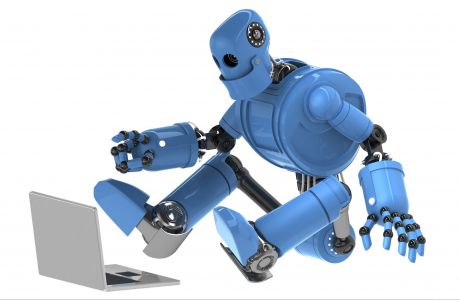
Robots can offer an effective automation solution to support the European manufacturing industry in assembly tasks. An EU initiative is designing cost-effective robot systems and applications for assembly lines.

Active control of air flow over large moving structures can significantly improve behaviours in targeted applications. Advanced vortex generators will modify air flow over helicopter or wind turbine blades to increase the efficiency with which they do their jobs.

Robots can offer an effective automation solution to support the European manufacturing industry in assembly tasks. An EU initiative is designing cost-effective robot systems and applications for assembly lines.
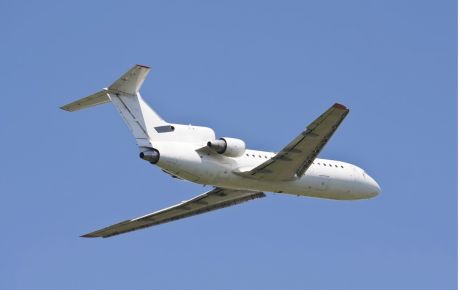
Along the road from conceptual design of aircraft components to fully integrated flight testing is the exploitation of dedicated test rigs for individual components. A new one to test aircraft starters and generators will support future all-electric aircraft.

Measuring sources and sinks of greenhouse gases from space is constrained due to a lack of effective monitoring tools. EU-funded researchers are developing semiconductor-based laser sources for active optical instruments for this purpose.

With the explosion of all things wireless, the radio frequency spectrum is fast becoming scarce. An EU initiative sought to put an end to this spectrum shortage.

The time and costs related to testing helicopter electric systems significantly affect the competitiveness of the EU's aerospace industry. A new test bench will revolutionise testing of electric actuators.
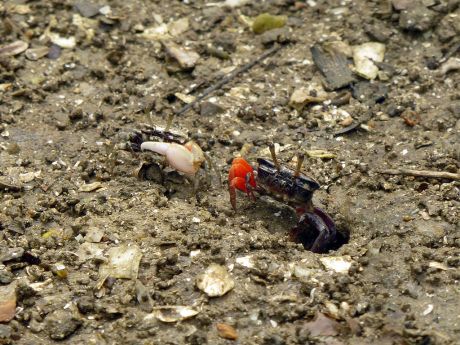
Researchers have created new biodegradable and bacteria-resistant packaging materials out of shellfish, specially designed for food packaging.
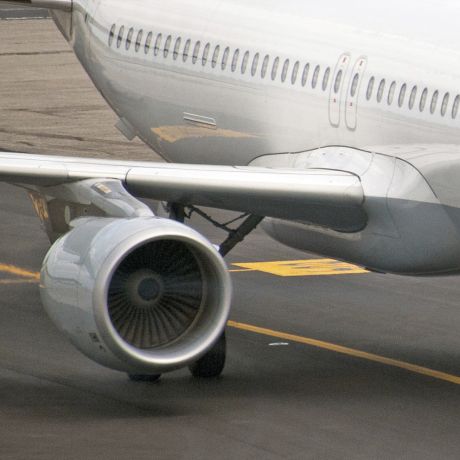
An EU-funded project worked on improving design and processing of jet engine parts. The optimised materials should be able to endure very high temperatures.

Tomorrow's green regional aircraft must meet demanding weight reduction, energy, and aerodynamics efficiency and operational performance targets to minimise emissions and noise. An EU initiative created software to tackle the challenges.
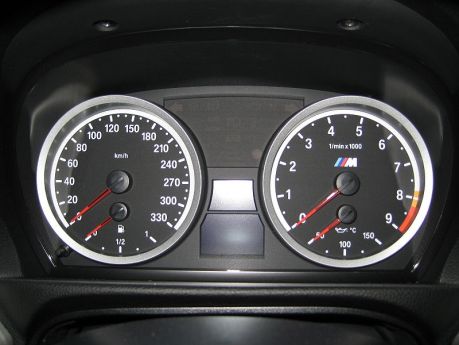
An EU-funded project advanced state-of-the-art composite material technology to bring it closer to mass production for automotive applications.
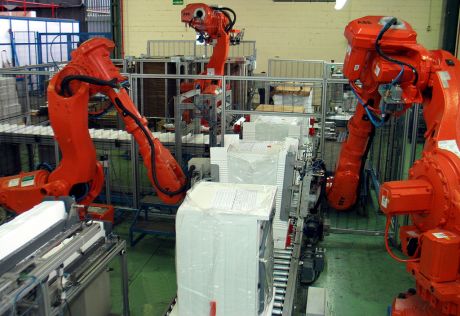
The time has come for robots and operators to work alongside each other on assembly floors. An EU initiative is proposing a solution where they safely cooperate with each other via a user-friendly interaction system.
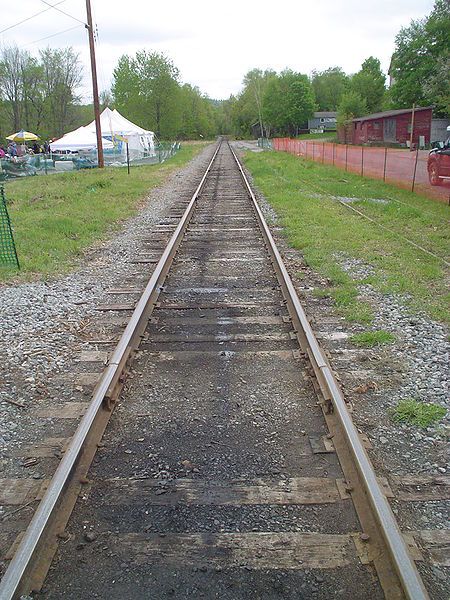
Europe's rail sector needs to overcome limitations in ageing infrastructure. An EU initiative developed a new automatic sensor system to replace visual inspections of such infrastructure in order to optimise monitoring and prioritisation of repairs.

An EU-funded project has investigated nano-structured materials that can be used to restore cultural landmarks and works of art.
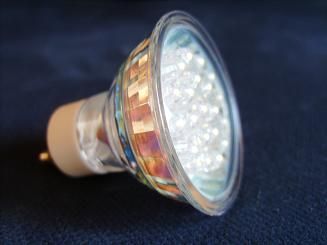
Lighting accounts for a significant part of electricity consumption in homes and buildings. An EU-funded project is introducing light-emitting diodes (LEDs) with promising materials that consume 50 % less energy than fluorescent bulbs.
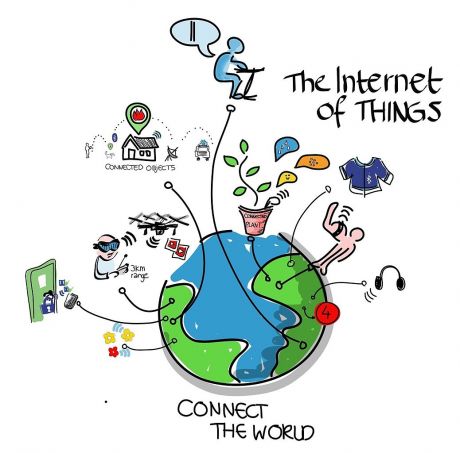
European-Korean collaboration in the fields of ambient intelligence and ubiquitous computing promises to rapidly advance the Internet of Things (IoT).
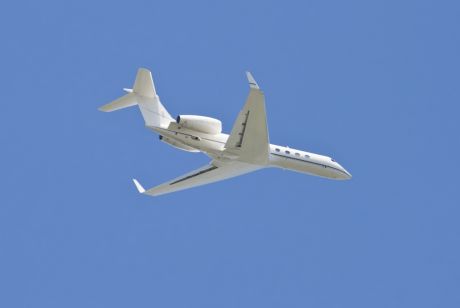
Fuel cells are a promising candidate technology in helping to improve environmental performance of next-generation aircraft and can operate using a variety of fuels. An EU-funded project looked at ways to produce hydrogen from the jet fuel that aircraft already carry.

The demand for smart devices is leading to an increasing downsizing of electronic circuits. EU-funded scientists studied novel nano-oscillators instead of conventional oscillators to overcome the barrier of miniaturisation.
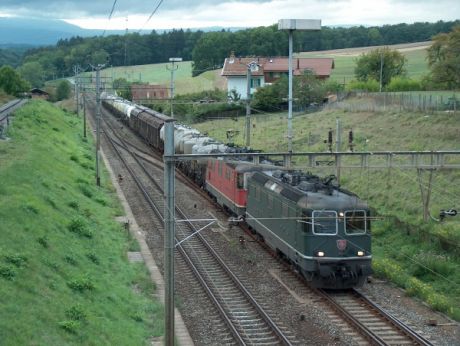
The successful testing of a 1 500-m-long freight train marked the start of a completely new era in European freight transport. The test was a major step toward a more competitive rail freight industry with more efficient rail operation and decreased costs.

Increasing the fraction of non-metallic components in aircraft has given rise to questions regarding electrical conductivity. An EU-funded project exploited nanotechnology to develop novel multifunctional composite materials that can efficiently conduct electric current.
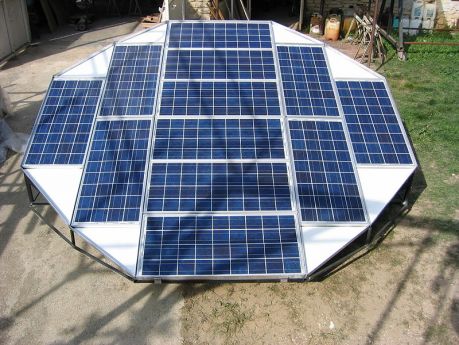
Research and innovation (R&I) can help Mediterranean countries to develop and promote sustainable energy. An EU initiative is supporting R&I in the renewable energy and energy efficiency (RE&EE) domain in the Mediterranean basin.

Integrating international, multimodal journey planning remains a challenge. Building on an earlier initiative in intermodal transport, an EU initiative designed an enhanced online and mobile platform enabling travellers to optimise their trips and travel more easily.

Synthetic oxygen barriers protect foods, pharmaceuticals and cosmetics from detrimental contact with air and moisture. EU-funded scientists have developed novel bio-based barriers from cheese by-products for complete recyclability.

Internal combustion engines (ICEs) have been around since the 19th century and are the most common power generating devices in use. New lubrication technologies will significantly increase engine efficiency and decrease emissions in automotive applications.
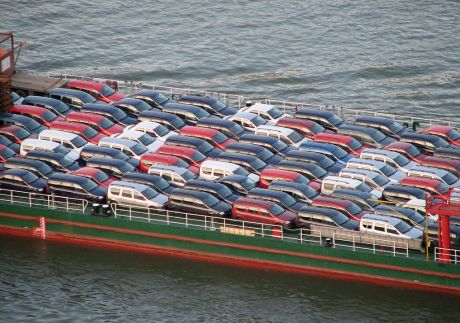
A new logistics model means different customers can bundle their freight flows. An EU initiative developed tools and legal frameworks to facilitate business adoption of this concept.
























